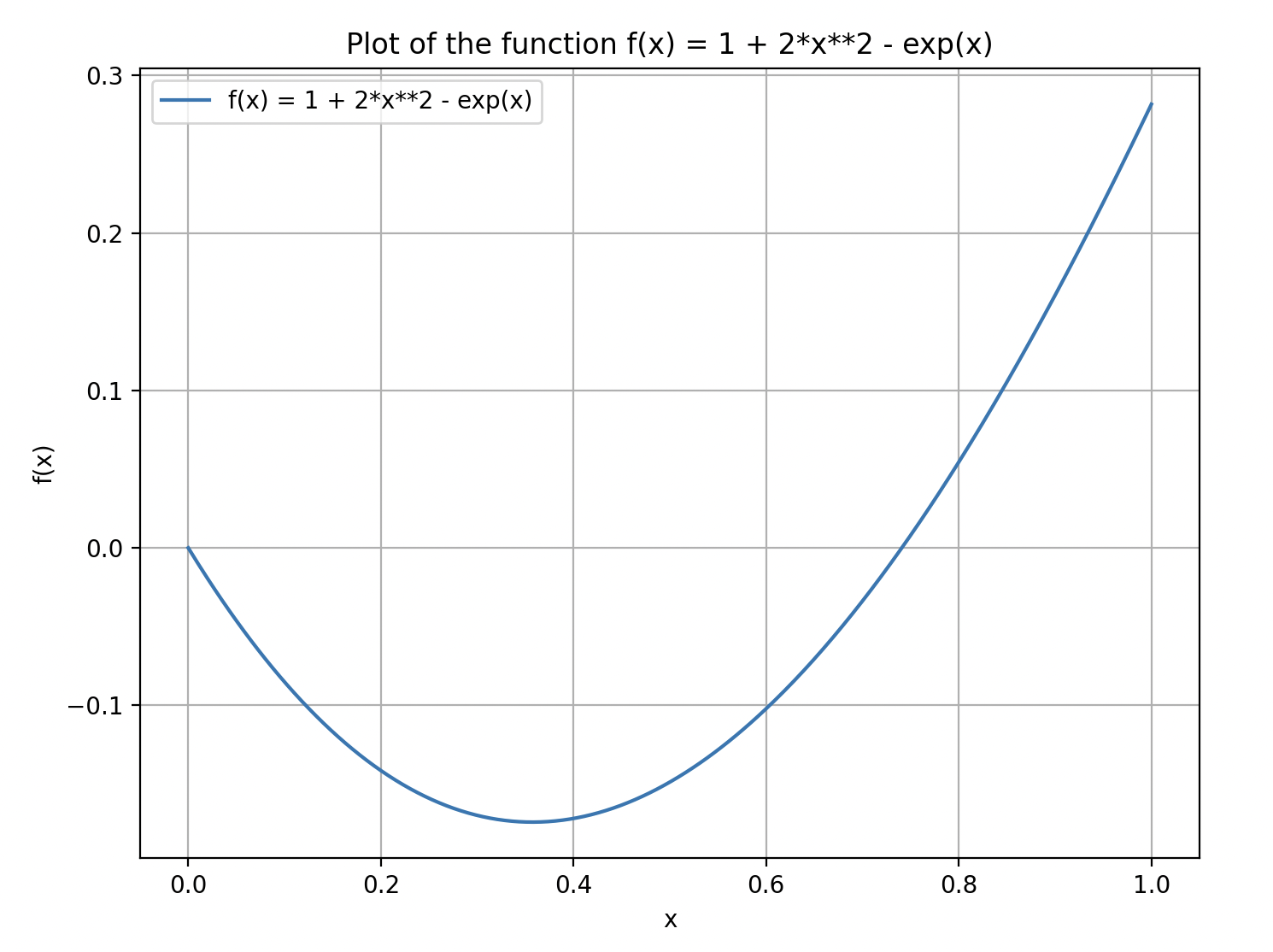Newton Univariate Method
We firstly considered Newton Univariate Root Method, now we’re looking at Newton’s univariate optimisation method.
Aim:
- Find the local optimum i.e. the x-value that maximises/minimises the function
General Form:
- General formula for Newton’s Univariate Root approximation:
from sympy import symbols, diff, lambdify, parse_expr
x = symbols('x')
def newton_uni_method(f_sym, x0, tolerance=0.0005, max_iterations=100):
# Convert symbolic function to a numerical function
f = lambdify(x, f_sym, 'numpy')
df_sym = diff(f_sym, x)
df = lambdify(x, df_sym, 'numpy')
ddf_sym = diff(df_sym, x)
ddf = lambdify(x, ddf_sym, 'numpy')
results = []
k = 0
xk = x0
while k < max_iterations:
f_xk = f(xk)
df_xk = df(xk)
ddf_xk = ddf(xk)
# Avoid division by zero
if ddf_xk == 0:
raise ValueError(f"Zero second derivative. No solution found at x = {xn}")
# Newton univariate method update
delta = - df_xk / ddf_xk
xk1 = xk + delta
results.append((k, xk, df_xk, ddf_xk, delta, xk1))
if abs(xk1 - xk) < tolerance:
break
xk = xk1
k += 1
return resultsExample
Use the same example as used in Newton Univariate Root Method for comparison.
 From looking at the graph, good initial guesses will be 0.2, 0.4 or 0.6 but the graph might be too much of a hassle to draw. In this case it was given that an initial guess of x = 0.5 must be used.
From looking at the graph, good initial guesses will be 0.2, 0.4 or 0.6 but the graph might be too much of a hassle to draw. In this case it was given that an initial guess of x = 0.5 must be used.
| 0 | 0.5 | 0.351 279 | 2.351 279 | -0.149 399 |
| 1 | 0.350 601 | -0.017 517 | 2.580 079 | 0.006 789 |
| 2 | 0.357 390 | -0.000 033 | 2.570 406 | 0.000 013 |
| 3 | 0.357 403 | - | - | - |
using a tolerance of 0.0005 to stop the algorithm results in Comparing the to the graph, we can see that the value obtained is plausible to be the x-value that will result in a local minimum.
Next we’re going to look at Newton Multivariate Method